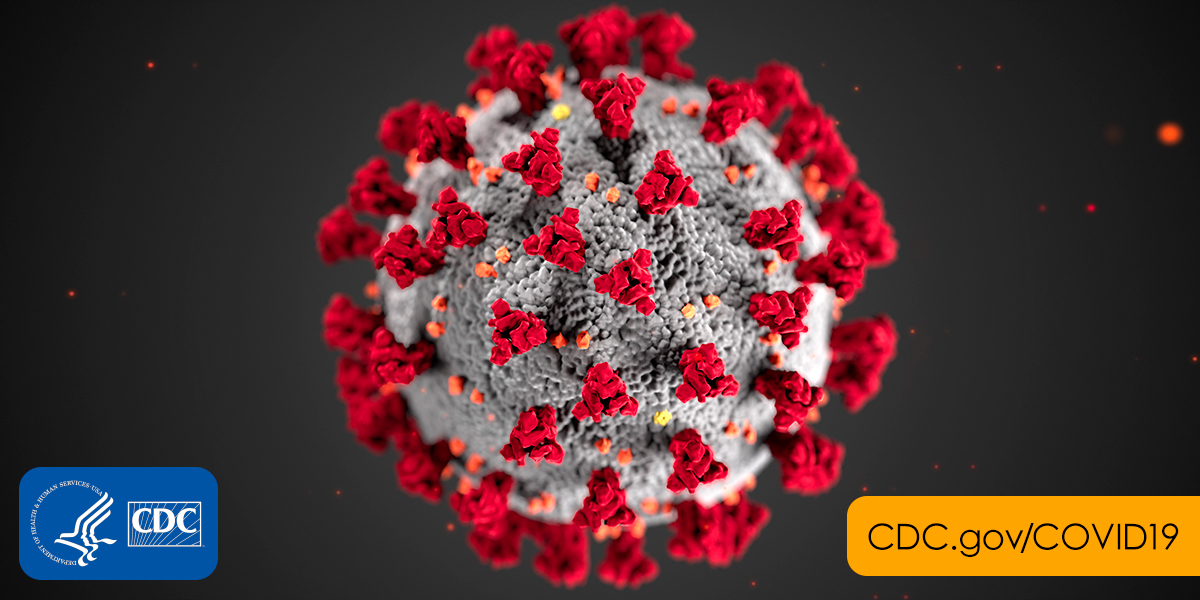[broadstreet zone=”59947″]
ATLANTA – The Centers for Disease Control is changing is recommended 14-day quarantine for COVID-19.
Based on local circumstances and resources, the following options to shorten quarantine are acceptable alternatives.
Quarantine can end after Day 10 without testing and if no symptoms have been reported during daily monitoring, said the CDC today, December 2.
With this strategy, residual post-quarantine transmission risk is estimated to be about 1% with an upper limit of about 10%, said the CDC.
[broadstreet zone=”59948″]
When diagnostic testing resources are sufficient and available, then quarantine can end after Day 7 if a diagnostic specimen tests negative and if no symptoms were reported during daily monitoring, announced the CDC today.
The specimen may be collected and tested within 48 hours before the time of planned quarantine discontinuation (e.g., in anticipation of testing delays), but quarantine cannot be discontinued earlier than after Day 7, said the CDC.
With this strategy, the residual post-quarantine transmission risk is estimated to be about 5% with an upper limit of about 12%, according to the CDC.
In both cases, additional criteria (e.g., continued symptom monitoring and masking through Day 14) must be met, said the CDC, in changing its recommendations.
[broadstreet zone=”59946″]
Persons can continue to be quarantined for 14 days without testing per existing recommendations.
This option maximally reduces risk of post-quarantine transmission risk and is the strategy with the greatest collective experience at present, said the CDC.
Quarantine is intended to physically separate a person exposed to COVID-19 from others.
Secondary transmission of infection is especially efficient within households. Thus, when housing is shared (e.g., households or co-housed persons such as families, incarcerated persons, students, or military recruits), every effort should be made to physically separate the quarantined person from others such as by having the quarantined person reside alone in a separate closed room or closed area and with exclusive use of their own bathroom.
When this separation is not possible, then the household members risk exposure to COVID-19 if the quarantined person develops the illness.
People who are quarantined with others, as well as the person in quarantine, should take steps to prevent spread of infection within the household
If the quarantined person is diagnosed with COVID-19, co-housed persons will require evaluation as contacts.


